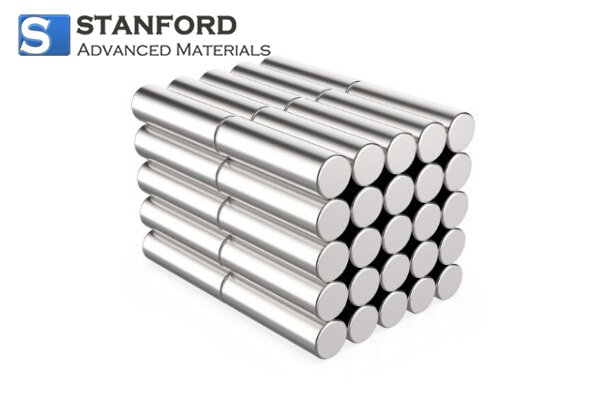Zirconia Structures For Dentistry
Introduction
Zirconium dioxide structures have enhanced the durability and accuracy in dental restorations. This article explains the manufacturing of zirconium dioxide structures using CAD-CAM technology and examines the methods, advantages and challenges of this approach.

CAD-CAM Technology in Zirconium Dioxide Manufacturing
Using CAD-CAM technology(Computer-Aided Design and Computer-Aided Manufacturing) zirconium dioxide structures are produced with high precision. In this process, two primary methods are applied, each with distinct attributes.
Milling from Fully Sintered Blocks:
- Advantages: Milling directly from fully sintered zirconium dioxide blocks eliminates structural shrinkage, thereby producing the final form without further modifications.
- Disadvantages: Excessive wear of the grinding tools and the introduction of machining errors may affect the mechanical reliability.
Milling from Pre-sintered Blocks:
- Advantages: Pre-sintered blocks permit compensation for structural shrinkage during the design phase, which ensures an accurate fit after the final sintering.
- Disadvantages: The complexity of shrinkage compensation requires careful planning.
Overview of the CAD-CAM Process
The CAD-CAM process occurs in three main steps:
- Digital Data Acquisition: Accurate digital data acquisition forms the basis for precise design and manufacturing.
- Computer Processing and Design: Advanced computer algorithms process the acquired data and facilitate the detailed design of the zirconium dioxide structure.
- Manufacturing: The designed structure is produced through milling or machining, thereby creating a custom zirconium dioxide restoration.

Aesthetic Considerations and Developments
The inherent opacity of zirconium dioxide, which is traditionally a dull white, presented a challenge in exposing the underlying structure. Modern dental zirconium dioxide systems address this issue by applying colour to the structure, thereby enhancing aesthetic appearance. Monolithic zirconium dioxide restorations with anatomical forms reduce the need for extensive dental laboratory work.
Challenges and Future Research
Despite the progress, challenges remain. Yttrium-stabilised tetragonal zirconium dioxide polycrystals(Y-TZP) present issues with stability in moist environments, with potential strength loss due to crystallographic alterations and cyclic fatigue resulting from parafunctional habits. Ongoing research focuses on quantifying the effects of low-temperature degradation (LTD) on dental zirconium dioxide.
Veneering Techniques
Ceramic veneering of zirconium dioxide infrastructures plays a crucial role in achieving anatomical contours and acceptable aesthetics. Two established veneering methods are employed:
Traditional Layering Technique:
- A methodical layering process builds the ceramic incrementally to achieve the desired aesthetic outcome.
Hot-Pressing Technique:
- This procedure utilises heat and pressure to produce a reliable bond between zirconium dioxide and the veneering material.
Conclusion
Zirconium dioxide structures produced using CAD-CAM technology represent a precise method in modern dentistry. Despite various challenges, ongoing research and innovative veneering techniques ensure that zirconium dioxide remains a fundamental material for durable and aesthetically acceptable dental restorations. At Stanford Advanced Materials we employ modern methods to contribute to the development of dental materials and technologies.

 Bars
Bars
 Beads & Spheres
Beads & Spheres
 Bolts & Nuts
Bolts & Nuts
 Crucibles
Crucibles
 Discs
Discs
 Fibers & Fabrics
Fibers & Fabrics
 Films
Films
 Flake
Flake
 Foams
Foams
 Foil
Foil
 Granules
Granules
 Honeycombs
Honeycombs
 Ink
Ink
 Laminate
Laminate
 Lumps
Lumps
 Meshes
Meshes
 Metallised Film
Metallised Film
 Plate
Plate
 Powders
Powders
 Rod
Rod
 Sheets
Sheets
 Single Crystals
Single Crystals
 Sputtering Target
Sputtering Target
 Tubes
Tubes
 Washer
Washer
 Wires
Wires
 Converters & Calculators
Converters & Calculators
 Write for Us
Write for Us


 Chin Trento
Chin Trento



